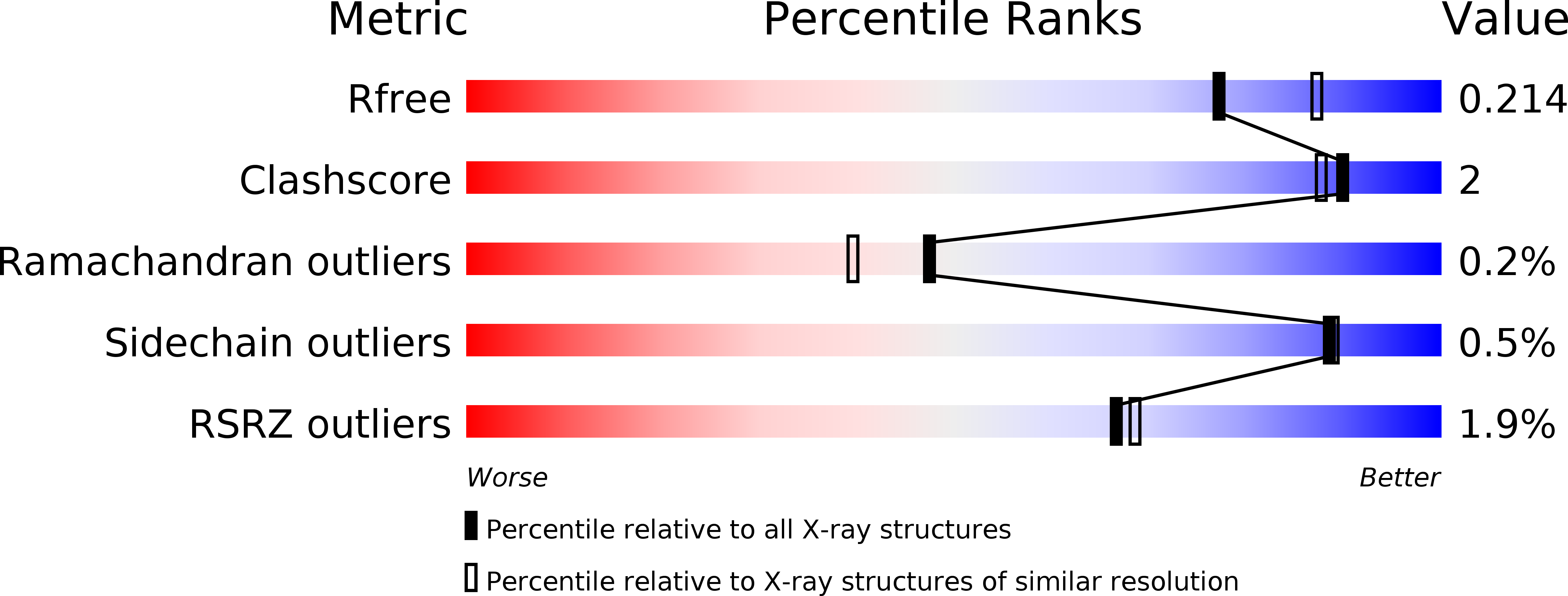
Deposition Date
2012-10-22
Release Date
2013-01-23
Last Version Date
2024-11-27
Method Details:
Experimental Method:
Resolution:
2.07 Å
R-Value Free:
0.21
R-Value Work:
0.16
R-Value Observed:
0.16
Space Group:
P 21 21 21


